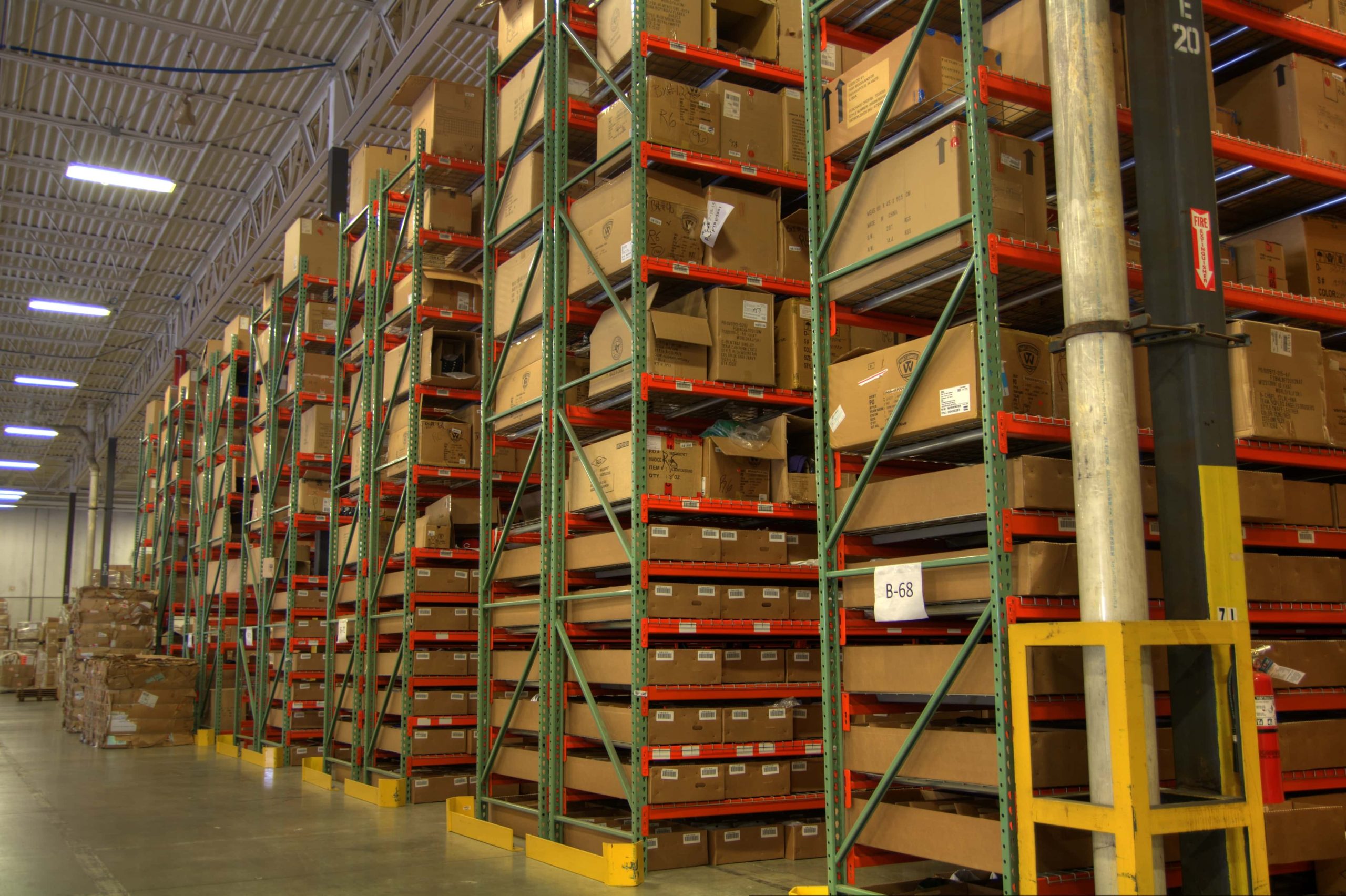Warehouse racking is a crucial component of an efficient storage system, ensuring that goods are stored safely and effectively. However, over time, racking systems can show signs of wear and damage that compromise safety and efficiency. Identifying when your racking needs repair or replacement can prevent accidents, maintain productivity, and protect your inventory. In this blog, we’ll explore the key signs that indicate it’s time to address issues with your warehouse racking system.
1. Visible Structural Damage
One of the most obvious signs that your racking needs attention is visible structural damage. Look for bent or dented beams, upright frames, or braces. Damage often occurs due to forklift collisions or overloading, and any deformation can significantly compromise the rack’s integrity. If you notice these types of damage, it’s important to get a professional evaluation and consider repairs or even replacement to maintain a safe work environment.
2. Rust or Corrosion
Racks made of metal are susceptible to rust and corrosion, especially in environments with high humidity or moisture. Rust weakens the metal, reducing the load-bearing capacity of the racking system. If rust spots are spreading or affecting key structural components, it’s a clear sign that repairs or replacement are needed to prevent a collapse.
3. Missing or Damaged Safety Pins and Clips
Safety pins and clips are essential for holding beams in place and ensuring the stability of the racking system. Missing or damaged components can lead to instability and increase the risk of beams dislodging under load. Regularly inspect your racks for missing or bent safety pins, and replace them immediately to prevent accidents.
4. Warping or Leaning Racks
If your racking system appears to be leaning or warping, it’s a sign of structural instability. Leaning may occur due to uneven loading, floor issues, or damaged uprights. Warped or leaning racks are dangerous, as they are more likely to collapse under pressure. Inspect the alignment of your racks regularly, and address any issues that could compromise their stability.
5. Cracked or Damaged Flooring
The condition of the warehouse floor plays an important role in the stability of racking. If the floor beneath the racks is cracked or damaged, it can cause the racks to shift or become uneven. This instability can lead to leaning racks or sudden collapses. Address floor damage promptly to ensure your racking remains secure.
6. Overloading and Load Capacity Issues
Exceeding the load capacity of your racking system can cause significant damage over time. Signs of overloading include bending or bowing of beams and braces. If your warehouse needs have changed, and you’re frequently pushing the limits of your racking system, it may be time to upgrade to a higher capacity system or replace the damaged components.
7. Loose or Wobbly Beams
If beams feel loose or wobbly when touched, it’s a sign that something is wrong. This could be due to worn-out connectors, damaged clips, or structural deformation. Tightening or replacing connectors may solve the problem, but if the beams are damaged, replacement is necessary to maintain safety.
8. Unusual Noises or Movement
Creaking, popping, or unusual noises coming from your racking system when loads are added or removed can indicate structural issues. These noises may suggest that the rack is under too much stress or that joints and connections are failing. Take these sounds seriously and have your racking inspected by a professional to determine if repairs or replacement are needed.
9. Frequent Repairs
If you find that your racking system requires frequent repairs, it may be more cost-effective in the long run to replace it. Continually patching up problems can be expensive and may not fully address the underlying issues, leading to safety risks. Investing in a new, reliable racking system can improve safety and efficiency in the warehouse.
10. Outdated Design
Sometimes the need for replacement is due to obsolescence rather than damage. As your warehouse grows and your inventory needs change, your racking system may no longer be suitable for efficient operations. If your current racking cannot accommodate the latest equipment or inventory practices, consider replacing it with a more modern and efficient design.
Regular inspections are key to maintaining a safe and efficient warehouse racking system. By identifying and addressing signs of damage early, you can prevent accidents, protect your inventory, and ensure smooth warehouse operations. If you notice any of the signs mentioned above, take immediate action by consulting a professional and determining whether repairs or replacement are necessary.
Investing in a well-maintained racking system is an investment in the safety and efficiency of your warehouse. Don’t overlook these warning signs—take proactive steps to ensure your warehouse racking is in optimal condition. To have an SIE equipment expert take a look at your racking click here!
